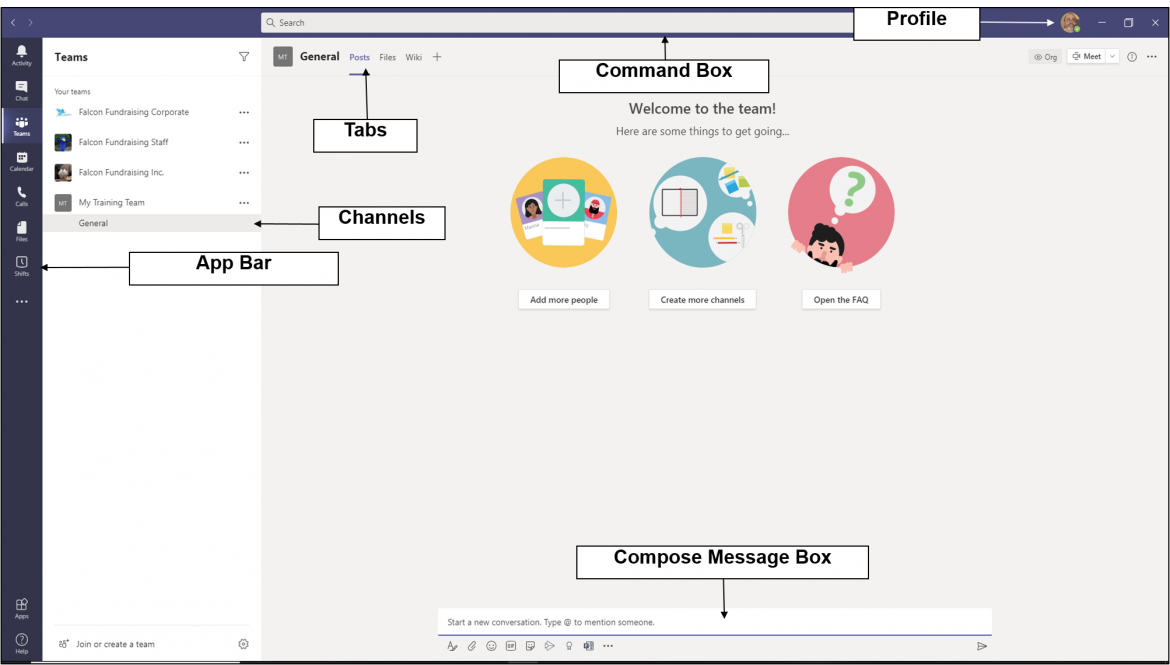

Designers spend less time remaking components and sweating the small stuff.Not just when it comes to designing and prototyping features, but also when building real-world experiences. Benefitsįirst, let’s cover how a design system can help.Įven when starting small, design systems allow teams to do more with less. However, we can make informed decisions by understanding the benefits a design system can bring, the challenges that can come along with it, and what problems we need to solve within our organization. There is no straight-forward answer on when to implement a design system. They’re beginning to wonder if it’s time to consider a design system. In weekly critiques, Kai also noticed components looking different between different designers. Which of these are reliable? What if it’s none of them? They reference older screens, but noticed that some details look different across different device themes. Recently, they were working on new screens and couldn’t remember what a few elements looked like. This app has been in development for a while, and the design team just received additional headcount. Kai is a product designer at Habitz, a habit-forming app available on multiple device types, and is supported by smart reminders and integrations. Now that we have an idea of what a design system is, do we actually need one? You might be wondering how this might play out in real life. Different companies have different needs, which require different solutions. One size does not fill allĪs you go through your design systems journey, keep in mind that there is no one design system that fits all.
#2do app teams code
They also often include on-canvas redlines or annotations, or are embedded alongside code components with detailed documentation. They focus on how assets should behave in the product. This might include individual components, layouts and templates, and interaction patterns. Component librariesĬomponent libraries contain the building blocks of a product. You’ll see aspects of these in most design systems. They focus on the visual language of a product: how things should look and feel. Style guides are a set of standards that define the appearance of elements, and the overall voice and tone. Let’s explore some of the resources a design system might include. It’s important that a design system communicates not just the “what,” but the “how” and the “why.” A design system provides the tools and resources you need to build consistent and cohesive products. They’re a reflection of the vision, concepts, and values of an organization. They’re organized in strategic ways to communicate messages, encourage certain behaviors, and guide you through processes. Yes, you’ll see aspects of these in a design system, but you’ll also see a focus on the bigger picture: the entire product ecosystem.Īfter all, products aren’t just collections of UI elements splattered on a screen. So what exactly is a design system? If your first thought is a style guide and a component or pattern library, you’re not alone.


 0 kommentar(er)
0 kommentar(er)
